Save the date: 26.08. 2024 – 2:15 p.m. ‘Aerosol-based processes for the production of battery materials’
Meet Dr. Johannes Buchheim at the 25th ABAF International Conference Advanced Batteries, Accumulators and Fuel Cells, August 25-28, 2024 Brno University of Technology, Antonínská 1, Brno, Czech Republic
The Faculty of Electrical Engineering and Communication of the Brno University of Technology invites to 25th International Conference Advanced Batteries, Accumulators and Fuel Cells.
Main fields of interest of the conference are the research and development of materials designated for modern electrochemical power sources, new investigations in the fields of materials developed for conventional batteries and their properties, ionic liquids and their use, unconventional power sources including photovoltaic systems, corrosion of materials in various environments, large-scale applications in the area of energy transport and storage and special electrochemical technologies.
With the introduction of the Sony lithium battery in 1990, the development of active materials has undergone a continuous process with the aim of increasing energy density. This is being realised through the development of new, nickel-rich and cobalt-free cathode materials, the production of silicon-carbon composite materials and the development of solid-state batteries.
The increasing demand for applications within electromobility or stationary energy storage requires the implementation of innovative, sustainable and continuous manufacturing processes as well as processes for coating active materials. Aerosol-based methods based on spray drying/spray calcination and spray granulation are presented using selected examples. Initial results on electrochemical characterization will be presented.
The presentation by Dr. Johannes Buchheim, Glatt Ingenieurtechnik, Weimar, Germany, is entitled “Aerosol-based processes for the production of battery materials”:
Materials and methods
Preparation of cathode active materials
The development of new cathode materials based on the layered oxide LiCoO2 led to lithium-nickel-manganese oxides NMC and lithium-nickel-aluminium oxides NCA, among others, by substituting cobalt with other elements. In addition to these materials, which are mainly used for electromobility, there are also oxides of the olivine structure, e.g., lithium iron phosphate LiFePO4, and materials of the spinel structure LiMn2-xNixO4. The production of these active materials involves a variety of methods, some of which require several process steps. These include precipitation and solid-state reactions, hydrothermal processes and sol-gel processes. By using aerosol-based spray drying and spray calcination processes, the process steps can be reduced, and continuous production can be realised.
Preparation of anodic active materials
Graphite is a common anode material. The theoretical capacity of this material is limited to a theoretical capacity of 372 mAh/g due to the formation of the compound LiC6. The drive towards higher energy densities has led to a focus on other elements. Silicon offers an alternative solution due to its good availability and a much higher theoretical capacity of 3600 mAh/g. A volume change of 320% during the charging and discharging cycle leads to particle breakage, loss of contact with the current arrester and continuous erosion of the protective boundary layer between the silicon and the electrolyte. The production of silicon-carbon composite materials offers a promising approach to compensate for the volume change. Production can be carried out using continuously guided aerosol-based processes based on spray drying and spray calcination.
Production of solid electrolytes
Another method of increasing energy density is the development of solid-state batteries in which the liquid electrolyte is replaced by a lithium-conducting material, for example lithium lanthanum zirconium oxide LLZO. This allows metallic lithium to be used as the anode material (theoretical capacity of 3860 mAh/g). The challenge here lies in the synthesis of the solid electrolyte. The reaction time can be shortened by producing it using aerosol-based processes.
Coating of cathode materials
Another representative of solid-state electrolytes is lithium phosphorus sulphide LPS. The material is characterised by a high ionic conductivity. However, the material is chemically less stable against oxidic cathode materials, so that a coating of the active materials is necessary. Lithium phosphate Li3PO4, lithium niobate LiNbO3, lithium borate LixByOz and lithium titanium oxide LTO are being discussed. Processes based on spray drying and spray calcination can also be used for this in order to realise continuous processing.
Save the Date!
Get more information about the Glatt Colloquium on Powder Technology.
Discover interesting possibilities for the synthesis and functionalization of advanced powder particles!
Further information on this topic and related topics can also be found in the following publications:
August 2024: Project start for “StrOboBatt”. Development of high-performance materials for energy storage.
January 2022: Glatt expands technology center with new laboratory plant for powder synthesis
Published article: ‘Ceramic Raw Materials from the Pulsating Hot Gas Stream’ PDF, English
Published article: ‘New Battery Material by Powder Synthesis’ PDF, English
Published article: ‘Glatt Powder Synthesis – Pioneering Process for Groundbreaking Particle Synthesis’ PDF, English

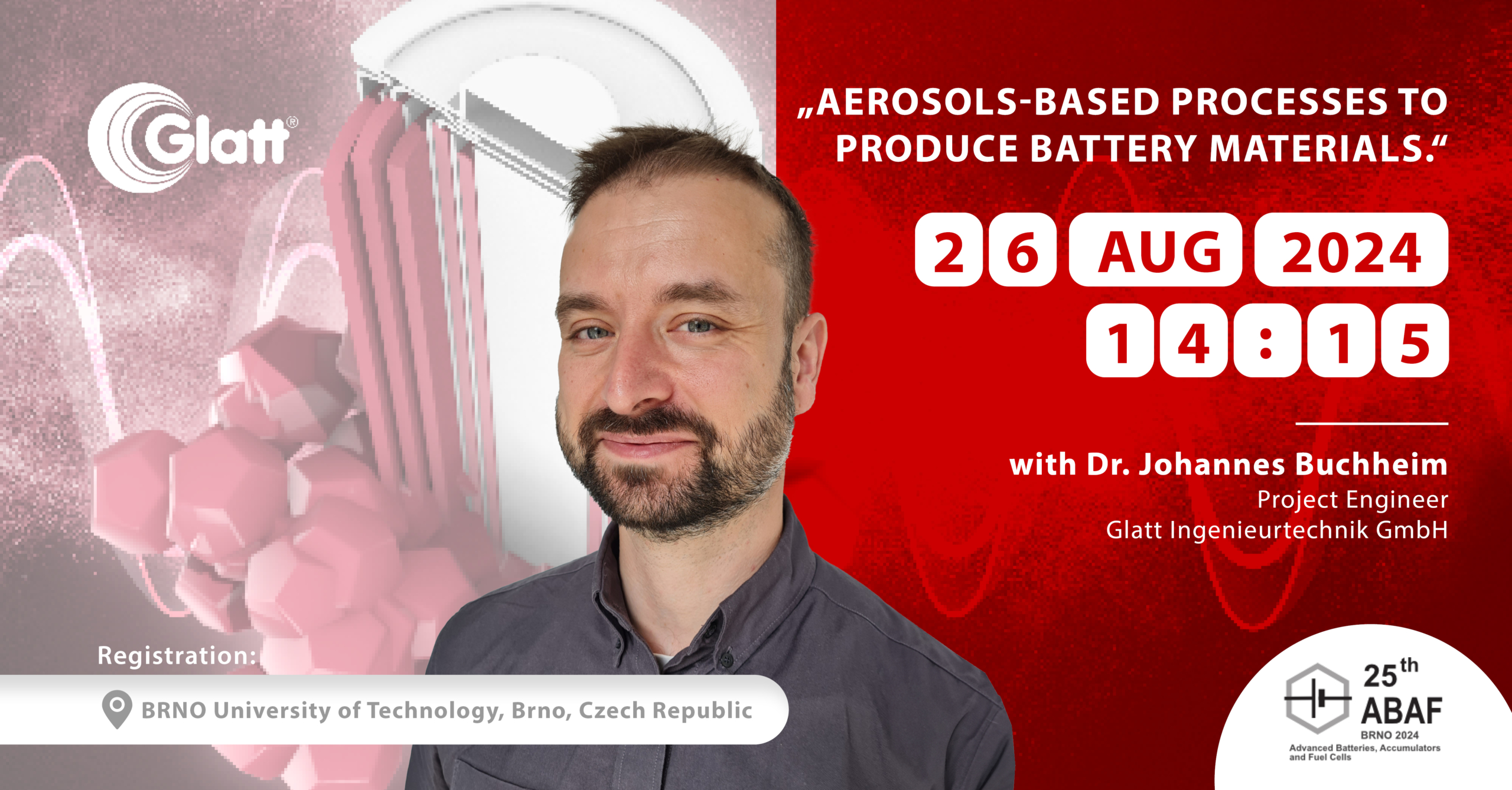

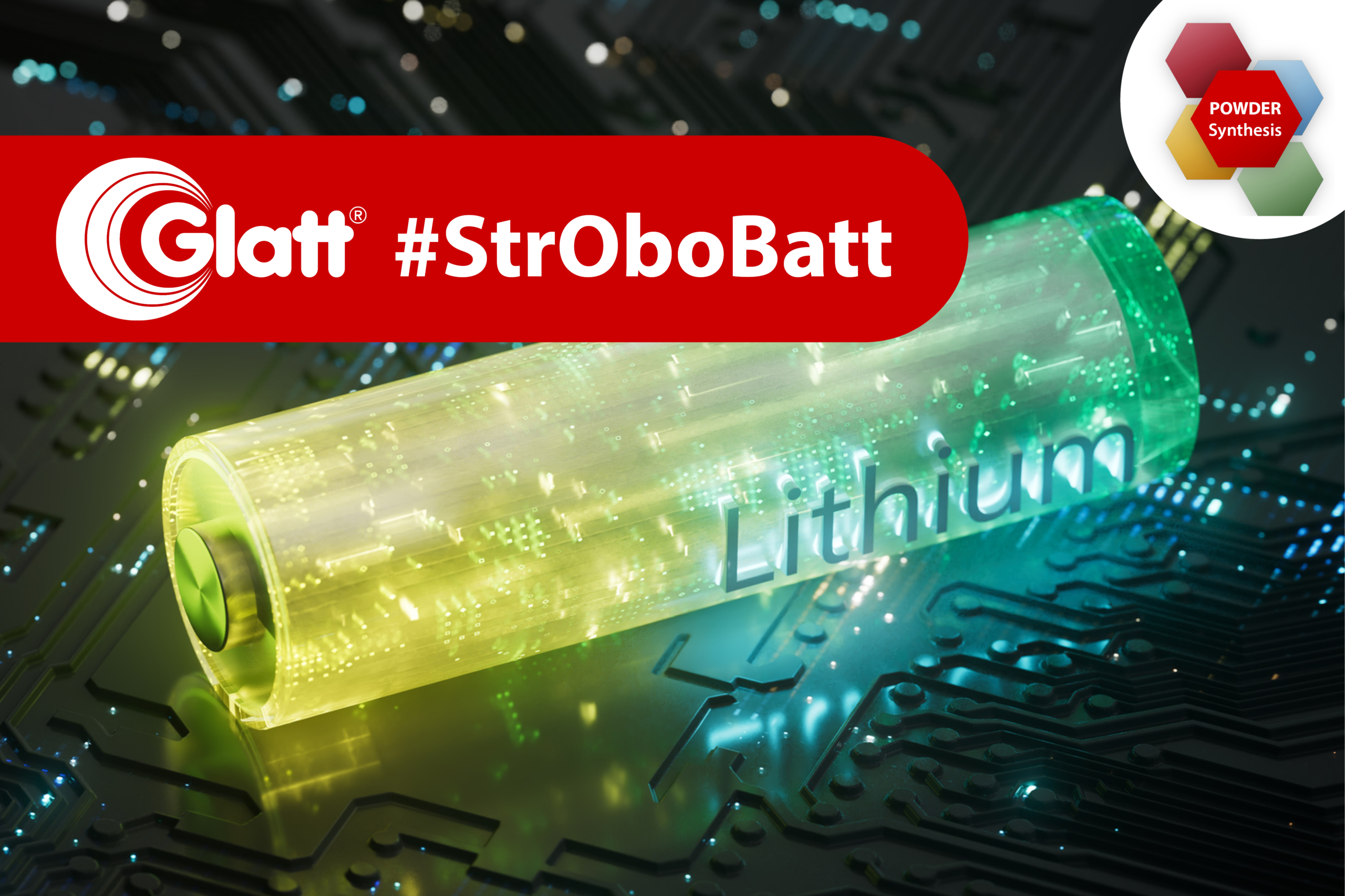
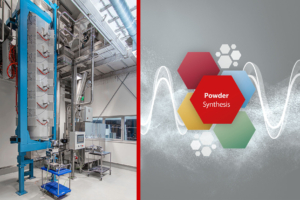
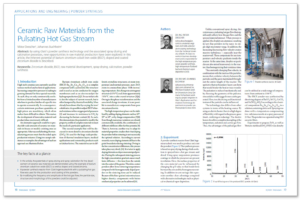
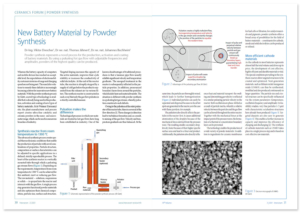
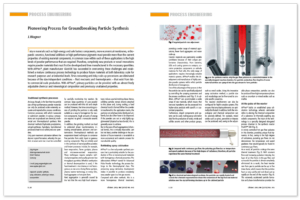
 Copyright: Glatt
Copyright: Glatt